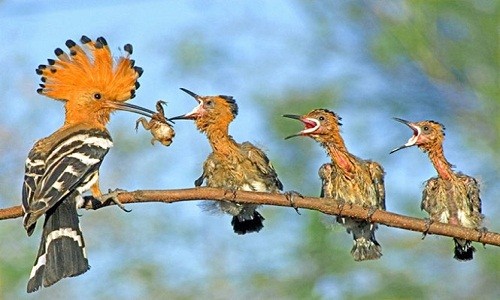
Hoopoes are vibrant avian species found across Africa, Asia, and Europe, renowned for their distinctive “crown” of feathers. Initially considered a single species, Upupa epops, taxonomists now recognize three living and one extinct species. While some still group all extant species together, others differentiate between the African and Eurasian hoopoe, with some also recognizing the Madagascar hoopoe.
Among these species, the Eurasian hoopoe stands out as common and widespread, boasting a large population that classifies it as Least Concern on The IUCN Red List of Threatened Species. However, despite its overall abundance, populations in Western Europe are dwindling. Conversely, the hoopoe population is thriving at the tip of the South Sinai, particularly in Sharm el-Sheikh, where dozens of nesting pairs remain year-round residents.
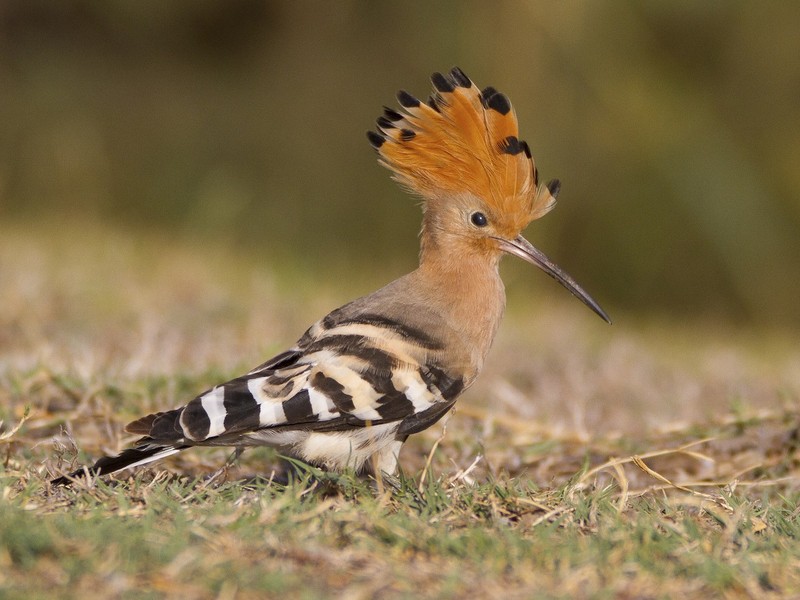
Hoopoes inhabit a broad geographic range encompassing Europe, Asia, North Africa, Sub-Saharan Africa, and Madagascar. While many European and north Asian hoopoes migrate to tropical regions during winter, African populations tend to remain sedentary year-round. Interestingly, hoopoes have even been observed as vagrants in Alaska, with records of sightings in the Yukon Delta.
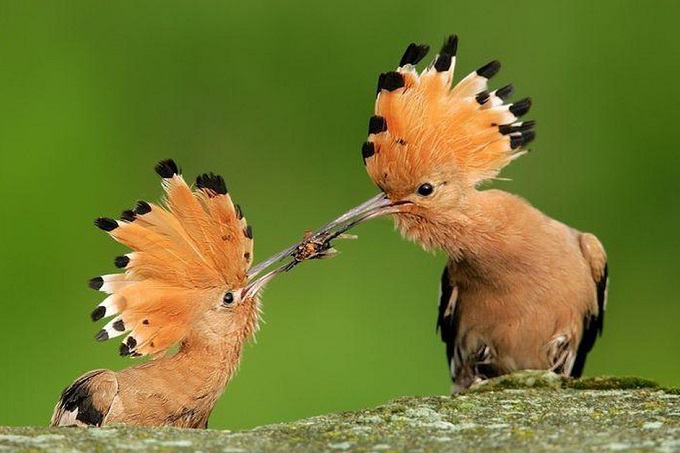
These birds are adaptable, sometimes breeding beyond their typical European range, even venturing as far north as southern England during favorable conditions. However, reports from the early 1980s suggest a decline in northern European populations, possibly due to climate changes.
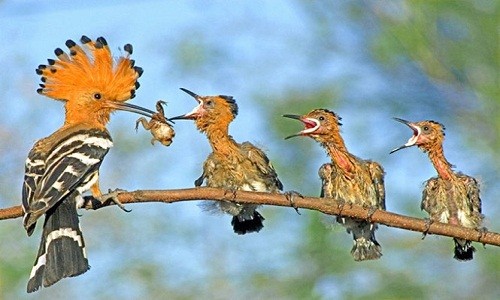
One fascinating behavior of hoopoes is their sunbathing ritual, where they spread their wings and tail low against the ground, tilting their heads up. Initially interpreted as a defensive posture, this behavior is now understood as a means of regulating body temperature and preening.
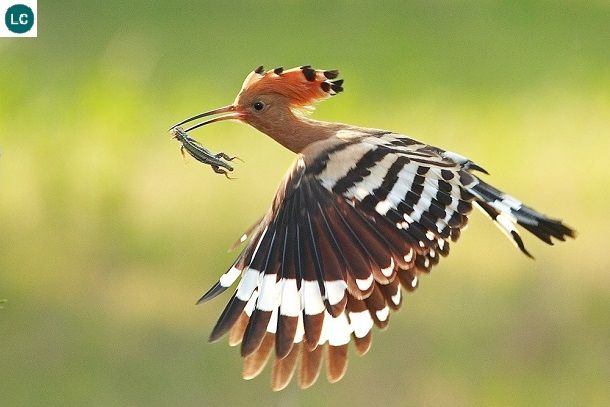
Additionally, hoopoes are known to indulge in dust and sand baths, while adults often undergo molting after the breeding season and continue during migration for winter.





